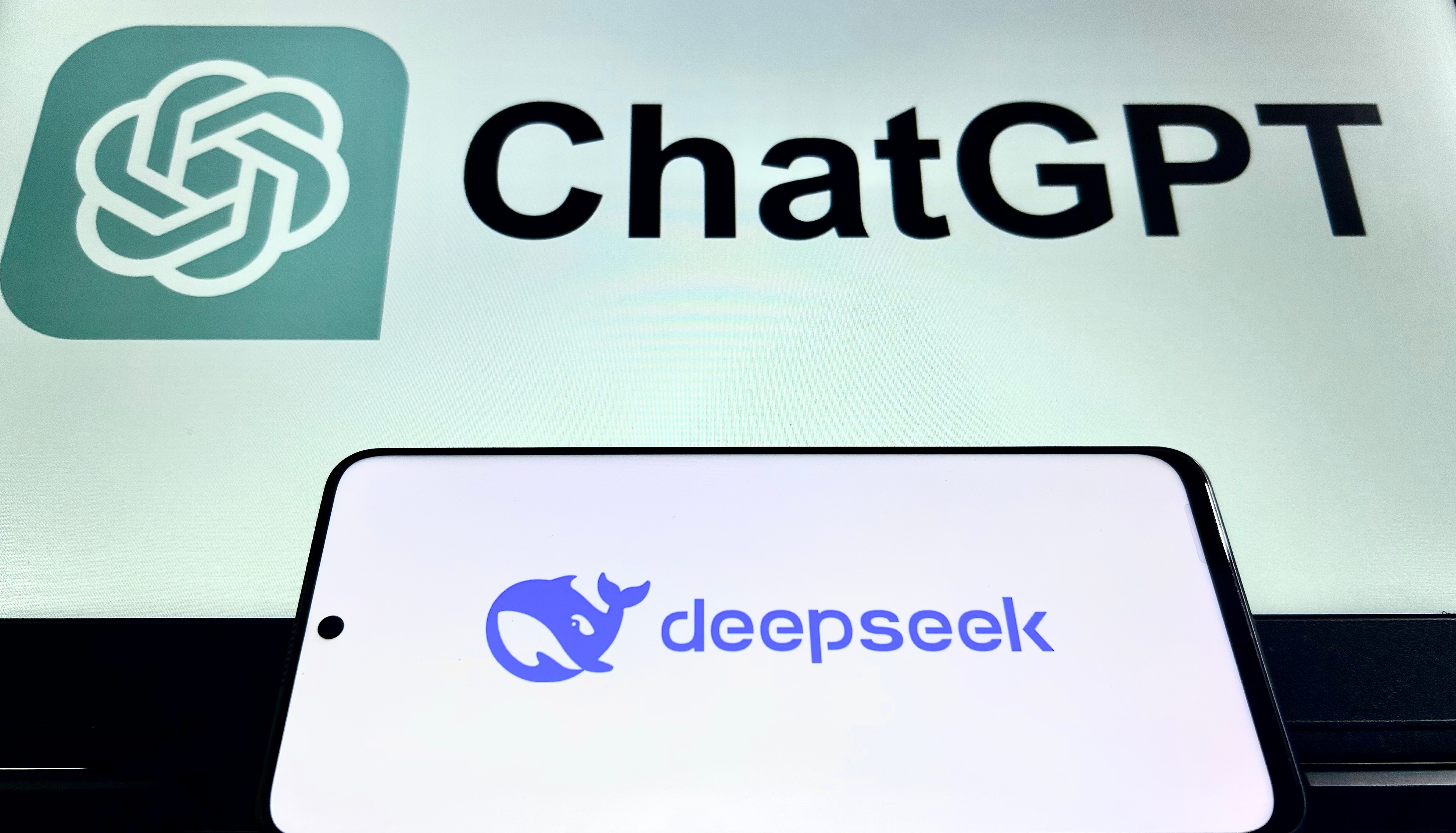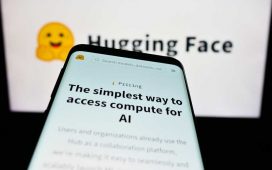
Less than a week after Chinese start-up DeepSeek rocked the tech industry, leading generative AI (genAI) model providers are scrambling to shore up their market foothold and find ways to emulate the newcomer’s tech efficiencies.
Last week, DeepSeek’s eponymous chatbot hit Apple’s App Store and Google Play Store and downloads almost immediately exceeded those of OpenAI’s ChatGPT. In short order, the DeepSeek-R1 AI model changed the genAI market, erasing $600 billion in market capitalization — the largest intraday decline in history — before markets began to recover.
The aftershocks have continued, but experts and industry watchers say DeepSeek’s marketplace entry will challenge every other leading genAI model maker to do better with less. In the meantime, those leaders are scrambling to hold ground in a fast-evolving market.
Within days of DeepSeek’s release, Microsoft announced that users of the free version of Copilot will be able to use OpenAI’s o1 reasoning model. OpenAI then released its new o3-mini reasoning model and said that even users of free ChatGPT will have (limited) access to it.
“I think Microsoft’s and OpenAI’s announcements are definitely and largely in response to the challenges from DeepSeek,” said Avivah Litan, a distinguished vice president analyst at Gartner Research. “This is especially true of OpenAI’s announcements.”
With a development cost of just $5.5 million — compared to OpenAI’s $5.4 billion annual budget — DeepSeek’s model outperforms current open-source language models, which are now on the defensive.
US genAI providers are rushing ahead with changes to their pricing models to shift the focus away from DeepSeek, though it likely won’t make much of a difference, according to Litan.
The competition between DeepSeek and its genAI counterparts is good for the industry, Litan said. Open-source models were always the main competition to frontier model providers, but DeepSeek has now accelerated the race. It will ultimately depend on where top data scientists and AI engineers want to work — at a closed, non-transparent company or with a small, agile team focused on fast, collaborative innovation.
“I’m not saying DeepSeek has no issues — in fact there are several from a privacy and bias perspective,” Litan said. “But the fat frontier model companies can no longer rest on their laurels and keep their systems closed. And that’s a good thing overall.”
One concern is that DeepSeek stores user data, including chat messages, on servers in China, raising concerns about Chinese government access and data security. Its privacy policy allows sharing data with advertisers and law enforcement, leading to questions about its ability to protect user information, according to Atalia Horenshtien, head of AI practice for North America at tech consultancy Customertimes.
Censorship and bias are also concerns. The model might restrict sensitive topics, especially those critical of China, and its training data and instructions are not publicly available, making bias hard to assess.
Hayley Sutherland, a research manager at IDC, agreed with Litan, saying that while DeepSeek’s work is still being verified, the potential for high-performing models at a fraction of the current cost has created a massive stir in the tech industry and related markets.
“Microsoft, OpenAI, and other major providers of foundation models were already innovating at a rapid pace, but this adds significant pressure for such providers to show that their AI innovations can be scalable and affordable for a much wider swath of businesses,” Sutherland said.
According to Sutherland, genAI tool users should expect rapid industry R&D focused on more efficient AI and clearer, more advanced reasoning — essentially, having genAI “show its work.” Meanwhile, providers like AI-powered search provider Perplexity and chipmaker Nvidia have partnered to offer DeepSeek’s model with US data sovereignty and no Chinese media restrictions.
This isn’t a “winner-takes-all” chatbot war,” Sutherland said.
Foundation model innovations, especially open-source ones, show there’s room for diverse providers to advance genAI for different businesses and consumers. However, the leaders will be those optimizing models for valuable, responsible, and scalable business outcomes, according to Sutherland.
Mike Gualtieri, a vice president and principal analyst at Forrester Research, said companies such as OpenAI, Cohere and Anthropic were already headed for failure as they are unable to monetize their AI products.
GenAI-based chat apps are valuable, but most users will likely get them for free from companies like Google, Meta, Microsoft, and X, which monetize through ads, Gualtieri noted. For enterprises, genAI will become an expected feature in software from companies like Adobe and Microsoft, making premium charges temporary.
“An AI model is not a business model. Money will be made at the application layer,” Gualtieri said.
DeepSeek is a game-changer, he said, because it’s showing that no company or country will hold a monopoly, and governments can’t regulate or ban the math behind AI, which runs on computers.
“Having said that, every AI model company is inspired by the DeepSeek R1 model optimizations and will follow suit. This will accelerate AI research,” Gualtieri said. “This doesn’t change much for enterprise AI strategy, CIOs already knew that they cannot lock into one model. They already saw the pace of AI innovation. It was fast. Now it is faster.”












